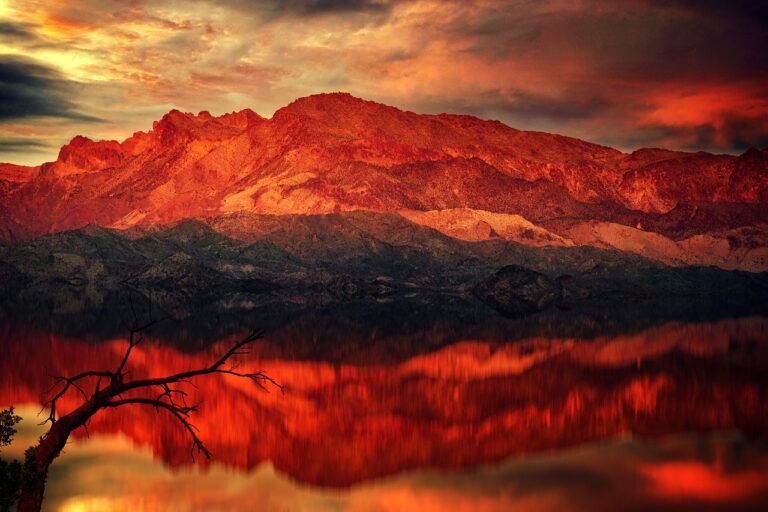Traveling for Adventure: Exploring Unique Rock Formations
Rock formations are some of the most awe-inspiring natural wonders on our planet. From towering cliffs and hoodoos to scenic arches and unique rock sculptures, these geological formations have been shaped over millions of years by the forces of nature. In this article, we will take you on a virtual journey to explore some of the most unique and breathtaking rock formations around the world that are sure to ignite your sense of adventure.
The Wave, Arizona, USA
The Wave is a stunning sandstone rock formation located in the Paria Canyon-Vermilion Cliffs Wilderness on the Arizona-Utah border. This otherworldly landscape is known for its swirling patterns of red, orange, pink, and white sandstone that create a mesmerizing wave-like effect. Access to The Wave is limited to a daily lottery system, making it a must-see destination for adventure seekers.
Giant’s Causeway, Northern Ireland
The Giant’s Causeway is a UNESCO World Heritage Site located on the coast of Northern Ireland. This unique rock formation consists of thousands of hexagonal basalt columns that were formed by ancient volcanic activity. Legend has it that the Giant’s Causeway was built by the Irish giant Finn McCool as a pathway to Scotland.
Seljalandsfoss, Iceland
Seljalandsfoss is a majestic waterfall located in Iceland that cascades over a tall cliff made of basalt columns. What makes Seljalandsfoss truly unique is that visitors can walk behind the waterfall and experience it from a completely different perspective, making it one of the most popular tourist attractions in Iceland.
Antelope Canyon, Arizona, USA
Antelope Canyon is a slot canyon located on Navajo land near Page, Arizona. This narrow canyon features stunning sandstone walls that have been sculpted by water and wind over centuries. The play of light and shadow in Antelope Canyon creates a magical and ethereal atmosphere that attracts photographers and nature lovers from around the world.
The Twelve Apostles, Australia
The Twelve Apostles are a series of limestone stacks located off the coast of Victoria in Australia. These towering rock formations rise out of the turquoise waters of the Southern Ocean, creating a dramatic and picturesque seascape. While only eight of the original twelve apostles remain standing today, the remaining formations are still a sight to behold.
Ha Long Bay, Vietnam
Ha Long Bay is a UNESCO World Heritage Site located in northeastern Vietnam. This stunning seascape is dotted with thousands of limestone karsts and islets that rise out of the emerald waters of the Gulf of Tonkin. Tourists can explore Ha Long Bay by boat, kayak, or even take a seaplane to get a bird’s eye view of this natural wonder.
FAQs
Q: How are rock formations created?
A: Rock formations are created through a process known as erosion, where natural forces such as wind, water, and ice wear down the surface of the earth’s crust over time. This erosion exposes and shapes the underlying rock formations, creating the unique landscapes that we see today.
Q: Are rock formations fragile?
A: While some rock formations may appear sturdy and solid, they are actually quite fragile and can be easily damaged by human activity. It is important to respect and protect these natural wonders by following designated paths, avoiding climbing on fragile rocks, and not removing any rocks or minerals from the site.
Q: Can I visit all of these rock formations?
A: Many of the rock formations mentioned in this article are open to the public and can be visited with proper permits or by joining guided tours. However, some rock formations, such as The Wave in Arizona, have limited access and require advance reservations or permits due to their fragile nature and remote locations.
As you embark on your journey to explore these unique rock formations around the world, remember to tread lightly, respect the environment, and take in the awe-inspiring beauty of nature’s handiwork. Happy travels!





